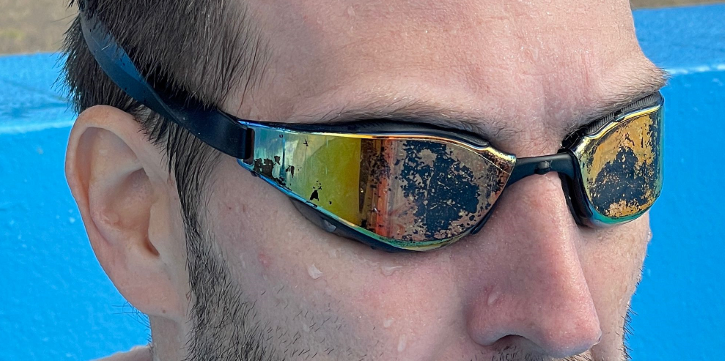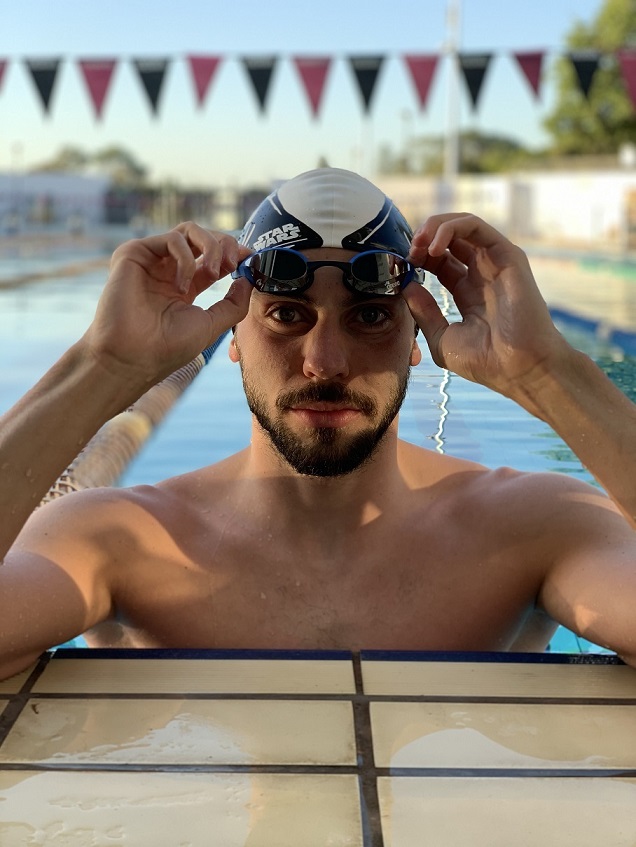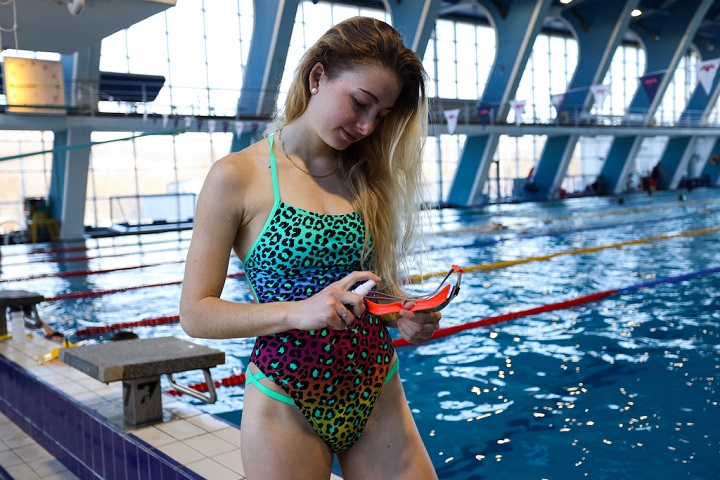You just swam the first lap in the pool with your new goggles and you can’t help but babble about how beautifully they fit and how well you see through them. In order to keep that feeling as long as possible, it is necessary to take care of them. Find out how to care properly for your swimming goggles.

What happens to the goggles over time?
1. They start fogging – The anti-fog layer disappears over time and the
swimming goggles start to fog sooner or later.
2. They get scratched - Mirrored swimming goggles in particular are very sensitive to scratches.
3. The silicone strap breaks - By taking them off and putting them on, it can happen that the silicone strap around the head breaks over time.
4. The nose bridge breaks – The nose bridge can break with frequent use or overstretching.
5. The seal will curl – As the goggles age or if you leave them in the heat, the silicone seal around the eye lenses will curl, lose its shape and start leaking water in.
6. Leakage in the goggles – Due to the silicone deformation or hardening (from the chlorine) of the seal around the eye lenses of the goggles.
How long do swimming goggles last?
This is a common question, and the answer isn’t simple. We know cases where the goggles needed to be replaced after only a few weeks, but on the other hand, there are swimming goggles which were fine even after five years. Do you swim twice a day or twice a month? The lifetime of swimming goggles obviously depends on the frequency of use, but also above all, on proper care. The average expiry of good quality swimming goggles is usually about two years.
What to do to make the goggles last as long as possible?
1. Do not wipe the inside or outside of the eye lenses with your fingers, towel or even a handkerchief. The inside of the eye lens is covered with an anti-fog layer that can be easily destroyed. For the anti-fog layer to last longer, you can use
anti-fog sprays, which partially restore the effect.
2. Carry them in a
protective bag or a case to prevent premature scratching. Often the protective cover is not sold with the swimming goggles, so it needs to be purchased separately. We recommend first rinsing the goggles with cold, clean tap water and then letting them dry on their own in the protective bag or case.
3. Do not leave the goggles on the heater or in the sun for a long time. Silicone parts such as the seal around the eye lenses and the strap can deform in the sun and heat. The plastic parts get burned and turn yellow, which causes mechanical damage and can easily break.
4. Use the anti-fog spray, not only as a renewal of the anti-fog layer but also as a cleanser. After a while, fog will form inside the eye lenses, which must be wiped off. The best thing to do is to apply the anti-fog spray to the eye lenses, let it dry, and, if necessary, gently wipe it off with a soft cloth for glasses. If you spray too much anti-fog on the goggles, pour out the excess and let the rest dry on its own.
5. Don't forget them at the pool. :)
Do swimming goggles suffer from salt water?
Saltwater is fine when it comes to swimming goggles, but it’s good to treat them with the same care as after using them in chlorinated water. Saltwater is also aggressive so we recommend rinsing them under cold, clean tap water after use and letting them dry on their own. Not in the sun or in the heat.
How do I know when it's time for new swimming goggles?
As we wrote in the article, from our experience the average lifetime of swimming goggles is around two years. Unfortunately, even the best swimming goggles get „worn out“ over time. Just as the swimming pace is coming to an end, new scratches appear on the goggles, and the fogging is getting worse. The seal is no longer what it used to be, they let water in the eye lenses, the silicon seal is firm and it leaves bruises around the eyes. In the end, it’s up to each swimmer how long they will use the goggles. Some people use their goggles until they fall apart, and some people enjoy purchasing several goggles a year. However, the feeling and swimming in
new swimming goggles is indeed amazing. :)
Final tip:
Don’t rinse or soak the goggles in the pool before jumping into the water, they will last longer without fogging if you put them on your head dry. If the goggles start fogging you can rinse them with tap water and treat them with a new layer of anti-fog spray after training.


